The Empathy Engine: Can AI Understand Stakeholder Needs Better Than We Do?
AI can tell you that 73% of your stakeholders feel “concerned” about a new policy. It can predict with remarkable accuracy how different audiences will react to your messages. It can even generate personalized communications for each group, tuned to their priorities and preferred style.
These are no longer futuristic promises. They are already part of the daily toolkit in stakeholder engagement. Which raises an important question: if AI can see so much, what is left for humans?
The Expanding Power of AI in Stakeholder Engagement
Today’s AI systems analyze thousands of comments, emails, and social media posts in minutes. They can:
Track sentiment shifts across time and across regions.
Detect subtle changes in language that reveal new concerns.
Map influence networks and highlight the people shaping debates.
Predict coalition-building behavior before it becomes visible.
Generate communication drafts tailored to specific audiences.
The result is an intelligence layer that feels almost human. When you see AI flag an increase in urgent language among environmental groups, or when it highlights how industry associations are tightening their coordination, it appears to be reading between the lines.
This capability creates the sense of an “empathy engine” at work, a machine that seems to know what your stakeholders are feeling.
The AI Toolkit
AI’s capabilities are no longer abstract. Tools like Brandwatch, Talkwalker, and Meltwater can track how stakeholder sentiment shifts across media and social platforms. Polinode and Gephi can map influence networks, showing which coalitions are forming and where pressure points emerge. Quorum and FiscalNote bring predictive power to the policy arena, simulating how institutions and interest groups might position themselves. Even personalized communication tools such as Persado or Crystal Knows can help leaders tailor their outreach.
Together, these systems create an intelligence layer that feels almost human in its reach. They can tell you who is speaking, what they are saying, and how their positions might evolve.
What they cannot do is reveal the lived experiences, fears, or hopes that sit beneath those signals. This is where the idea of an “empathy engine” collapses, because empathy depends on human presence.
Where the Empathy Engine Falls Short
Empathy is not pattern recognition. Empathy is the human ability to sense what another person is experiencing and to connect with the story behind the data point.
What AI cannot do is understand why your stakeholder's twelve-year-old daughter asked about climate change at dinner last night, and how that conversation is shaping their position on your sustainability initiative.
It cannot grasp the decades of institutional memory that inform an industry association's seemingly irrational resistance to change. It cannot feel the weight of responsibility that keeps a regulator awake, knowing that their decision will affect millions of people they'll never meet.
These unmeasurable human experiences drive stakeholder positions more than sentiment scores ever will.
AI excels at the measurable. It can categorize, predict, and draft. What it cannot do is perceive the human texture behind those outputs: the responsibility a regulator carries when deciding for millions, the history of compromises that fuel resistance, or the unspoken worries that make someone’s position more personal than political.
The Human Edge in an AI World
Effective stakeholder engagement requires more than knowing what people think. It requires understanding why they think it. That understanding emerges from uncertainty, conflicting emotions, and the silences between words.
Your toughest stakeholder relationship may be tagged as “hostile” or “resistant” by an algorithm. Only a conversation will show whether that resistance comes from past neglect, deep concern for a community, or fatigue after years of unsatisfying compromises. These nuances remain invisible to machine learning.
How AI Can Make Humans More Empathetic
The paradox is that AI can enhance empathy by giving humans more room to practice it. With algorithms handling analysis, leaders can spend less time on spreadsheets and more time on conversations.
AI can identify who matters most, show where concerns are clustering, and reveal how sentiment is shifting. Humans can then take these insights as a starting point for engagement, using them to open dialogue, ask better questions, and listen with attention.
The strongest strategies merge the precision of AI with the empathy of people. AI points to what is being said. Humans discover what is meant.
The Algorithm’s Blind Spot
AI is trained on text, not on lived experience. It processes language markers but cannot feel the emotion behind them. It learns from written words but cannot sit in a room and notice the silence that follows a difficult question.
This blind spot matters. When organizations treat stakeholders as data points, they risk addressing symptoms rather than causes and managing metrics rather than relationships.
The leaders who thrive in an AI-driven age will use technology to deepen empathy, not replace it. They will let machines handle the analysis while humans handle the understanding.
Your AI can predict stakeholder behavior. Only you can understand stakeholder humanity. In the end, that might be the only advantage that matters.
Written with humanity in mind
📩 Liora Kern CEO at The Think Room. We help organizations and professionals find their DNA and their unique point of view then scale it with AI, without losing their core identity or their humanity.

